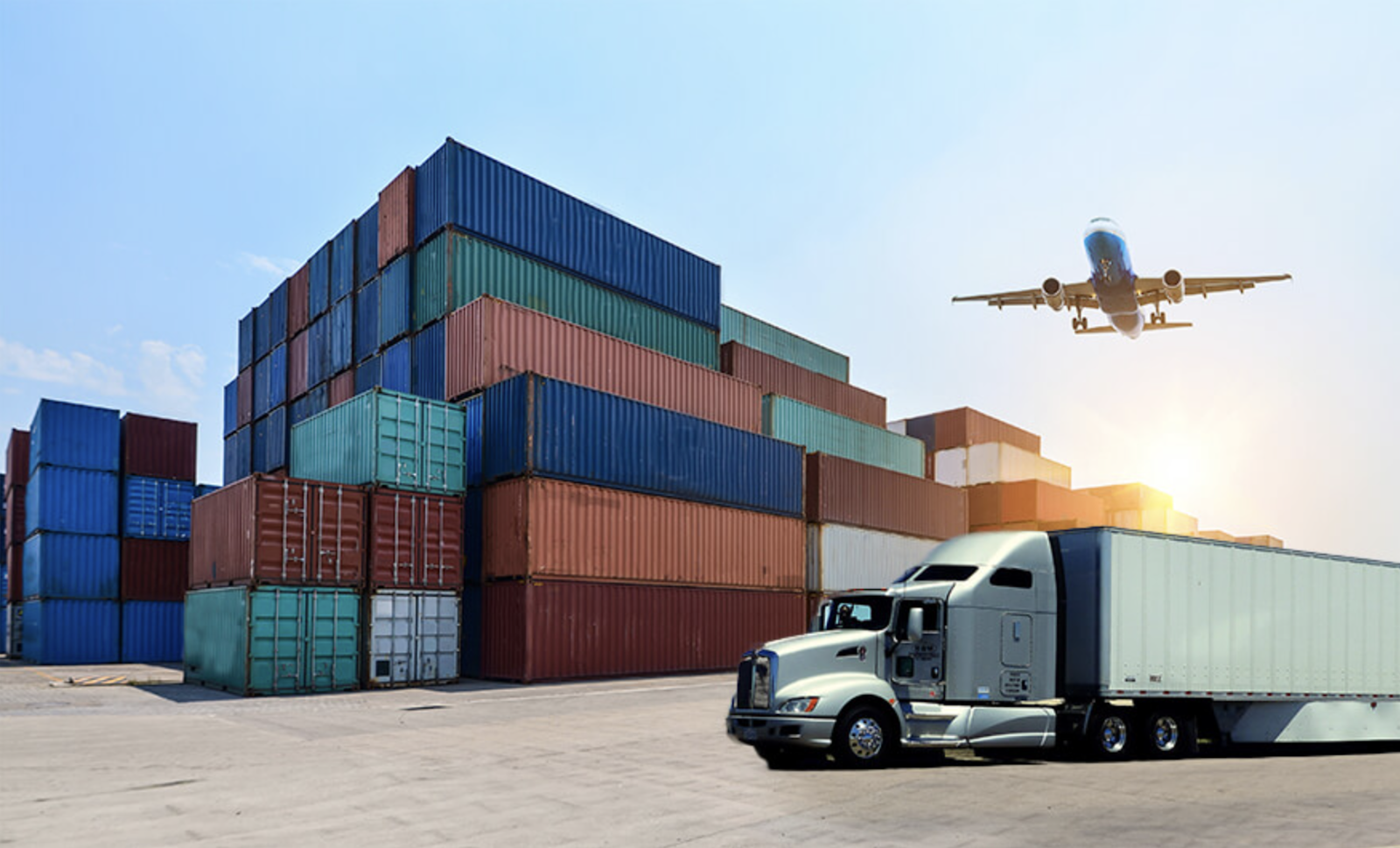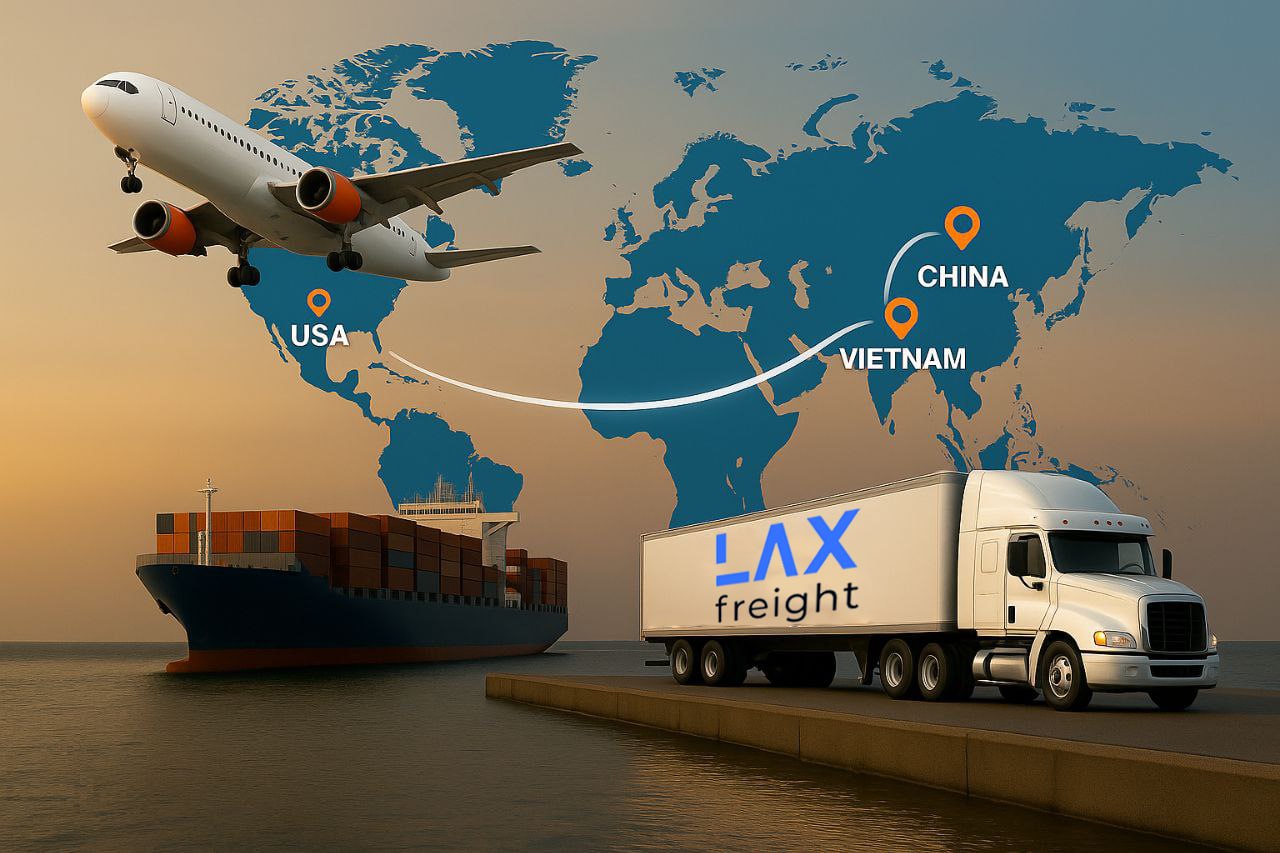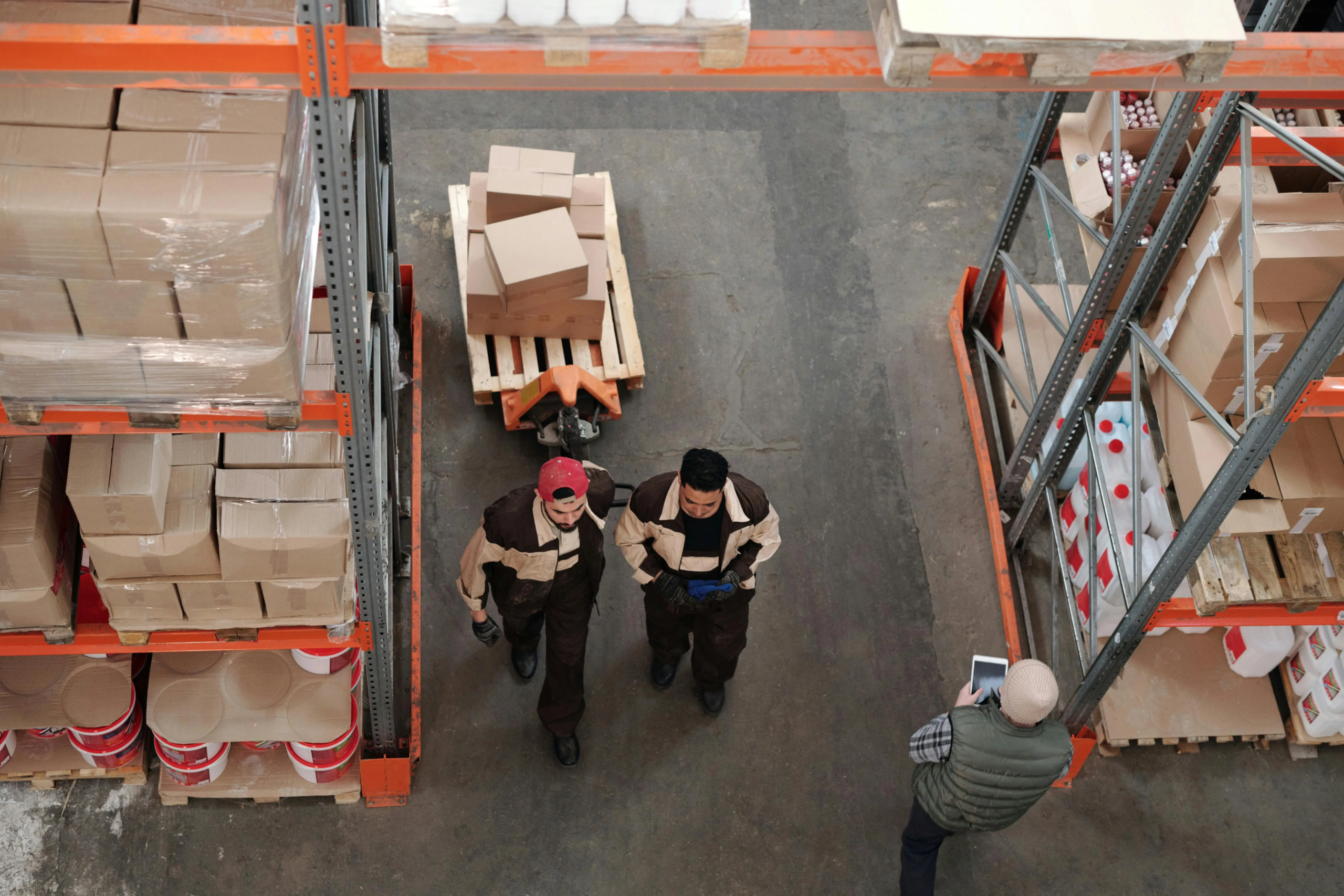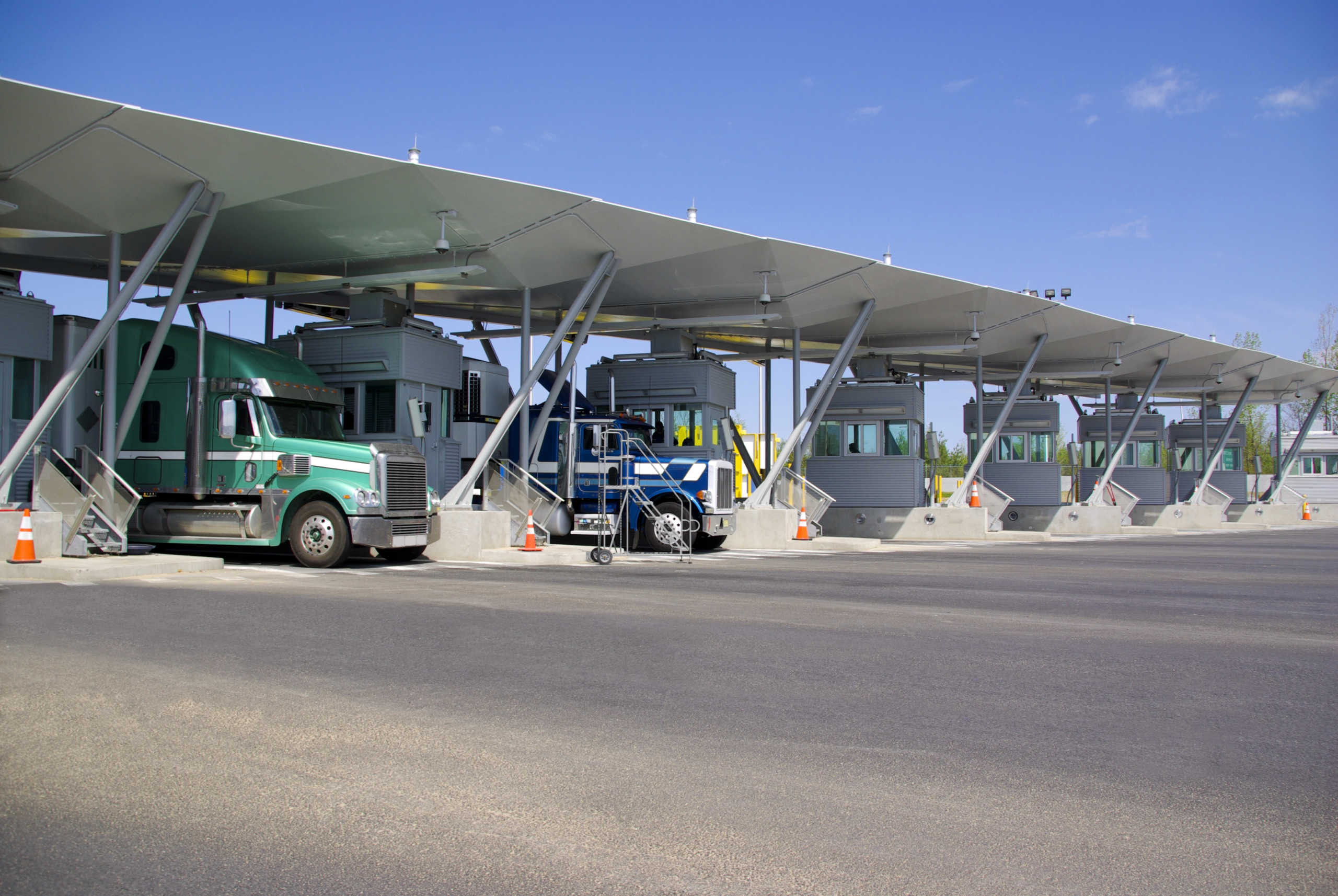The aerospace industry relies on a complex and wide supply chain. it requires reliability, careful planning, and regulatory compliance. Managing the global network of suppliers, components, and materials requires a well-coordinated approach. All aspects of supply chain, from sourcing materials to manufacturing processes, are critical for reaching success in the industry.
As technologies reshape the sector, companies adopt digital tools and advanced strategies to enhance supply chain visibility, resilience, and efficiency. In the article, we explore key concepts, challenges, and the latest trends of the aerospace supply chain to help you better navigate this sector.
Key Concepts in Aerospace Supply Chan Management
Aerospace supply chain management means the coordination of processes for designing, manufacturing, and delivering aircraft and other aerospace products. The complexity of the industry requires the efficient movement and careful planning for ensuring quality of components and maintaining compliance with strict industry standards.
One of the most important concepts of aerospace supply chain management is the relationships with suppliers. Aerospace companies often rely on a global network of providers of specialized components and raw materials, like titanium, aluminum, and composite fibers. These products must meet stringent quality and compliance standards.
Supply chain management in the aerospace industry focuses beyond mere procurement. It also includes close oversight of manufacturing processes to ensure all parts meet needed specifications. This is particularly important as many components must withstand extreme conditions.
In addition, the industry is covered by international and national regulations. These requirements add complexity to the entire supply chain, requiring accurate documentation at every stage, from procurement to assembly.
Role of Technology in Aerospace Supply Chain Management
Technological solutions can transform aerospace supply chain management, enhancing efficiency and precision. As the industry faces increasing complexity and demand, technology provides tools for optimizing every aspect its supply chain. In particular, technology has a critical impact for the real-time tracking of materials and components.
Companies can use Internet of Things (IoT) and advanced sensor systems to monitor the movement and condition of components. This ensure timely deliveries and visibility into potential delays and disruptions.
Advanced data analytics are also important. Big data and machine learning help predict and reduce risks within the aerospace supply chain. Predictive analytics can identify potential supply shortages and other obstacles to allow better planning and proactive decision-making. This can reduce downtime in manufacturing, ensuring timely deliveries of the necessary materials and components.
Blockchain technology is also helpful for improving transparency and compliance. Aerospace companies can use it to maintain accurate records of every transaction and movement within the supply chain. This allows increased traceability, accountability.
Automation and robotics in manufacturing processes have also revolutionized the aerospace supply chain. Automated systems are used to assemble components, reducing human error and enhancing precision. This accelerates production cycles and maintains the high-quality standards.
Aerospace Manufacturing and Supply Chain Performance
The performance of the aerospace supply chain is tied to the efficiency and precision of manufacturing processes. Even minor disruptions can lead to delays and financial losses. Thus, a seamless integration between manufacturing and the supply chain is vital for overall performance.
As for aerospace manufacturing, the production of specialized components requires strict adherence to quality standards. Any defect in one component can compromise the safety of an entire aircraft. This is why quality control is a critical aspect of supply chain performance.
A key factor of supply chain performance is the coordination between manufacturers and suppliers. Aerospace companies depend in a wide range of suppliers for critical components and materials, such as advanced alloys, composites, and electronic systems. It’s important to ensure that suppliers deliver needed products on time. Delays or quality issues can lead to costly bottlenecks in production schedules.
Moreover, the performance of the aerospace supply chain is enhanced through sustainable production principles. Manufacturers can implement strategies for minimizing waste and optimizing resources to streamline production and maintain high standards.
Tiers of Aerospace Suppliers
The aerospace industry involves a structured hierarchy of suppliers. They are often categorized into different tiers based on their roles and contributions to the aerospace supply chain. Managing the supply chain in this industry requires understanding the distinctions between different tiers.
All tiers are joined in the interconnected network. Any disruption can affect the entire aerospace supply chain. Effective management of supplier relationships across all tiers is critical for ensuring smooth processes and compliance with safety standards.
- Tier 1 suppliers. They are the closest to the original equipment manufacturers (OEM). These suppliers deliver large-scale, mission-critical systems such as engines, avionics, lading gear, or entire fuselage sections. Tier 1 suppliers are often responsible for integrating components from lower-tier suppliers and ensuring they meet regulatory and compliance standards.
- Tier 2 suppliers. These suppliers deliver individual components or subassemblies that are integrated by Tier 1 suppliers. They produce parts, such as hydraulic systems, electrical systems, or smaller structural parts. Maintaining quality and compliance on this stage is critical as any defects can affect the performance of the entire system.
- Tier 3 suppliers. They usually provide raw materials or basic parts, such as fasteners, connectors, or brackets. These suppliers are essential for a smooth flow of materials, like aluminum, titanium, and composite fibers. Despite the simplicity of the products, they must meet strict standards for durability and quality.
- Tier 4 suppliers. They are raw materials providers who deliver metals, plastics, and other essential inputs to Tier 3 suppliers or to manufacturing facilities. They operate at the base level of the supply chain and are critical for the timely production. Their role includes ensuring quality and traceability of raw materials used in the further production.
Challenges in Aerospace Supply Chain Management
The aerospace supply chain involves a set of challenges amid its complexity, global reach, and strict regulatory requirements. From sourcing needed materials to ensuring compliance with safety and quality requirements, companies can face potential disruptions that can impact production timelines and overall performance.
- Global supplier network. One of the main challenges in aerospace supply chain management is coordinating a global network of suppliers. Aerospace companies rely on a diverse set of suppliers who deliver highly specialized components and materials.
This increases the risk of delays caused by transportation, political instability, or natural disasters. In addition, a wide network of suppliers can make it difficult to maintain visibility and control over the entire supply chain.
- Strict compliance and regulatory requirements. The aerospace industry is governed by severe regulations and safety standards. Regulatory compliance across multiple jurisdictions adds complexity to managing the aerospace supply chain. Every component must undergo careful testing to ensure its reliability. Any failure or violation can lead to production delays, costly recalls, and legal penalties. Companies must constantly adapt their processes and practices to remain compliant to evolving regulations.
- Supply chain disruptions. Unforeseen issues, such as natural disasters, geopolitical tensions, or economic downturns, can impact the aerospace supply chain. In particular, a delay of the critical materials delivery can halt production for a long time. Supply chain resilience is critical for this industry. However, it requires reliable planning and increased inventory levels which can increase costs.
- Lead times and long production cycles. Aerospace industry has long production cycles, especially for large-scale systems like engines or airframes. The lead time for specialized components production can be extensive, and any delays from suppliers can disrupt the entire production process. Managing long lead times requires precise coordination between suppliers and manufacturers to ensure that needed materials are available.
- Quality control and supplier accountability. Ensuring consistent quality across all tiers of aerospace suppliers can be challenging. Since many components must meet strict standards for safety and performance, any defect can lead to serious issues. Managing the whole network of suppliers requires thorough inspections and audits.
The Importance of Maintenance, Repair, and Overhaul (MRO)
In the aerospace industry, Maintenance, Repair, and Overhaul (MRO) services are necessary to ensure the safety, reliability, and longevity of aircraft and aerospace systems. These activities include the ongoing maintenance of existing fleets, keeping aircraft operational and compliant with the industry regulations.
The primary goal of MRO is to ensure that all aircraft meet safety and compliance standards throughout their operational life. This foresees routine inspections, repairs, and overhauls to address wear and tear and replace aging components.
In addition, MRO can help prevent more extensive issues, prolonging the life of critical components and systems. Overhaul procedures involve the complete disassembly and inspection of major systems like engines, ensuring all parts are able to operate at optimal levels. This also allows to delay the need for costly replacements and minimize downtime and operational disruptions.
MRO services also contribute to the sustainability of the industry, reducing the need for new aircraft production and minimizing waste. Instead of discarding worn or damaged parts, MRO allows refurbishment and repair of components. This converses resources, reduces costs for airlines and aerospace businesses.
At the same time, the MRO supply chain adds another layer of complexity to aerospace supply chain management. It requires a highly responsive supply chain for delivering spare parts and components on short notice. The unpredictable nature of the industry foresees MRO producers to quickly source parts and materials.
Advanced technologies can enhance the effectiveness of MRO services. Predictive maintenance, data analytics, and sensor technologies allow early detection of potential issues, preventing the need for major repairs. In addition, technologies like 3D printing are revolutionizing the production of spare parts, enabling providers to manufacture components on demand.
Environmental Sustainability in Aerospace Supply Chain
Nowadays, almost all industries, including the aerospace sector, face growing pressure to reduce their environmental impact. Companies are required to adopt sustainable practices throughout the supply chain, from sourcing eco-friendly materials to improving production efficiency and reducing carbon emissions.
One of the key strategies for sustainable aerospace business is the use of environmentally friendly materials. Advanced composites and recycled materials can reduce aircraft weight, lowering fuel consumption and carbon emissions during operations.
In addition, many companies choose suppliers who meet sustainable goals, such as reducing water usage, implementing energy-efficient production methods, and minimizing waste.
Aerospace companies often seek to reduce emissions across the entire supply chain. This can include streamlining transportation logistics and optimizing routes to minimize the carbon footprint of components and raw materials shipping. Some companies also use alternative fuels and electric vehicles for their logistics operations or work with suppliers that prioritize low-carbon manufacturing.
The other important concept for sustainability if a circular supply chain. In this model, components and materials are reused, repaired, or recycled instead of being discarded. Thus, companies can minimize waste and preserve resources.
As part of the reaching to sustainability, aerospace companies seek green certifications, such as ISO14001. The certifications help companies meet regulatory standards requirements and demonstrate their commitment to environmental preservation.
Latest Trends in Aerospace Supply Chain Management
The aerospace sector is a constantly evolving sector driven by technological advancements, market dynamics, and geopolitical environment. To succeed in these conditions, aerospace companies require reliable supply chains, which can provide greater efficiency. As a result, several emerging trans are shaping.
- Digital adoption. This is one of the most significant trends. Innovative solutions like the Internet of Things (IoT), big data, and Artificial Intelligence (AI) allow monitoring of every aspect of the supply chain, optimizing inventory management, streamlining logistics processes, and predicting potential disruptions.
- Agile approach. Aerospace companies adopt more agile methods to reach greater flexibility. This allows to quickly adjust inventory and minimize risks. This approach ensures faster responses to demand changes or disruptions.
- Workforce development. As market evolves, requiring agile and innovated solutions, aerospace businesses invest in workforce development. The aim is to equip employees with the necessary skills to manage and optimize digital supply chains. Ensuring the workforce has digital capabilities is critical to maintaining efficiency and meeting new operational demands.
- Supply chain visibility. Blockchain technology can improve supply chain transparency. This provides decentralized ledger to track components throughout the entire supply chain, from origin to delivery. The technology ensures compliance, mitigates counterfeit parts, and improves accountability.
- Supplier diversification. Aerospace companies seek to diversify their sourcing regions and providers to reduce its dependency on one provider. This also allows avoid volatile markets, and ensure a more stable supply of critical materials.
- Vertical integration. Companies more and more adopt vertical integration strategies to secure essential components and materials. In addition, it can ensure better control over production and supply chain continuity.
- Sustainability. With a global focus on greener production, aerospace companies prioritize sustainability. In particular, businesses reduce emissions using eco-friendly materials and developing energy-efficient manufacturing processes. Sustainability not inly aligns with the industry regulations but also is a competitive advantage.
Conclusion
Aerospace supply chain management evolves rapidly, driven by innovative technologies, changing regulatory demands, and a shift towards sustainability. Thus, companies in the sector should find a balance between complexity and efficiency, maintaining reliable connections with suppliers, ensuring compliance, and leveraging digital tools to stay competitive.
To navigate these challenges, aerospace companies should be proactive in adopting cutting-edge technologies and strategies. LAX Freight offers its tailored aerospace logistics solutions to help you navigate the constantly evolving sector. From real-time tracking to efficient freight services, we are ready to optimize your supply chain.
Reach out to us to learn how we can help you improve your operations.



